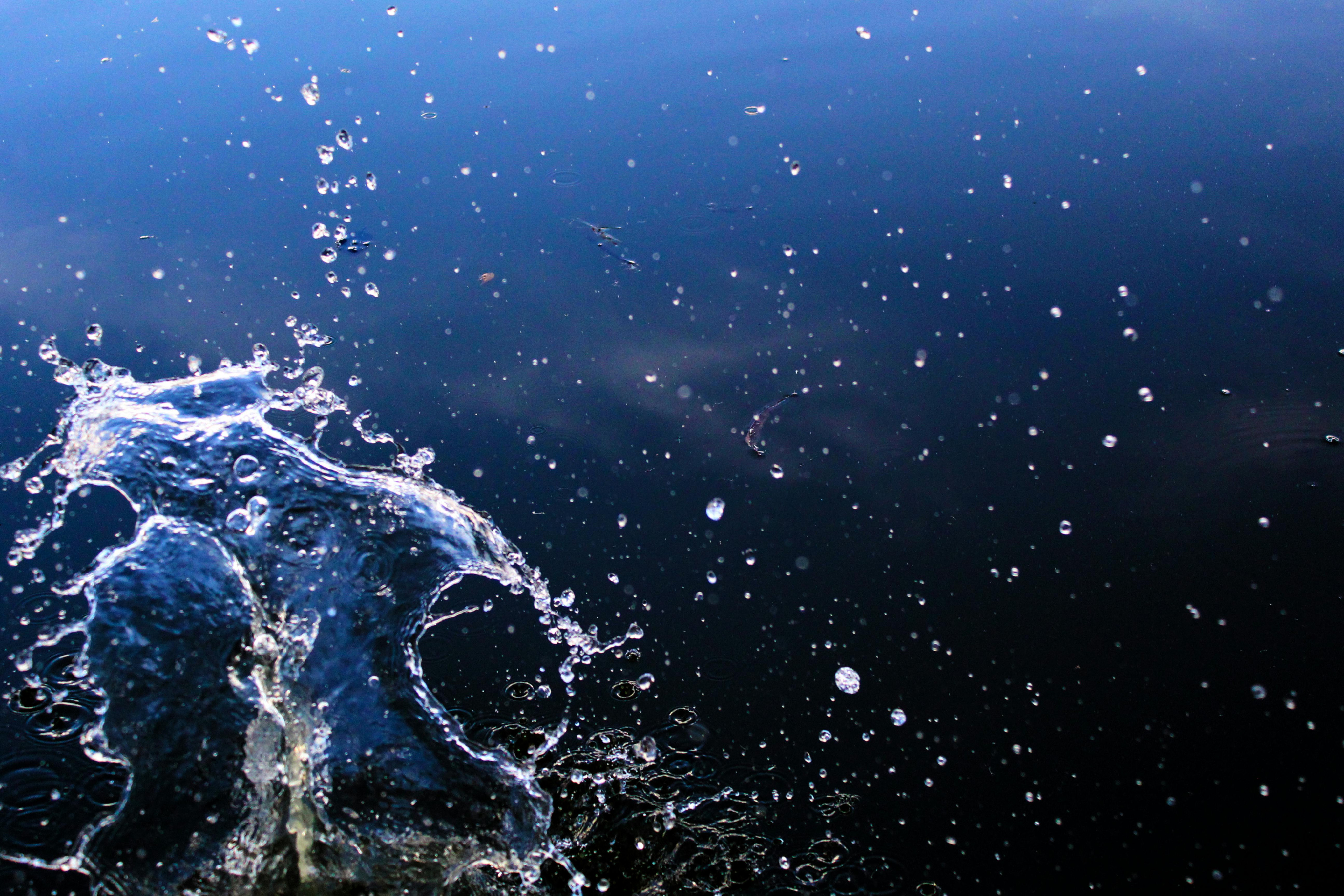We continue to draw from nature’s goods and services – the assets that support economic growth – far beyond the ability of these assets to supply them sustainably. Directing and mobilizing capital for the protection and proliferation of the underlying ecosystems is integral to achieving the UN Sustainable Development Goals (SDGs) by 2030, thereby ensuring greater social equity and economic security.
In a review of the additional costs needed to meet the selected SDGs where natural capital has a major role, we estimate a need of about $774 billion per year in global private and public investment. That means procuring and diverting financial resources to create or protect natural capital, such as land remediation, improvements in air and water, reductions in greenhouse gas (GHG) emissions, and conserving or strengthening natural ecosystems.
The study, Assessing Countries' Financial Needs to Meet the SDGs through Natural Capital Investment, developed by the Green Growth Knowledge Partnership (GGKP) and the Basque Centre for Climate Change (bc3), is the first to focus on the cost of increasing natural capital for meeting their respective SDGs. It finds that by investing in nature for achieving the global targets, we stand to gain an estimated $40-50 trillion in value to the economy and human well-being.
Prioritizing investments
The type of investments needed depends on the SDG and its relevant type of natural capital. For example, take SDG2: end hunger, achieve food security and improved nutrition, and promote sustainable agriculture. The cost of remediating degraded agricultural land (e.g. soil erosion control and treatment and reclamation of salty soils) to help meet the SDG target is about $365 per hectare in low-income countries and about $1,400 for high-income ones.
SDG13 seeks to ensure that countries are on track to cut their heat-trapping GHG emissions in line with the goals of the Paris Agreement on climate change. Of the largest total investments needed, reduction of GHG emissions and improvement in air quality make up more than a third of the costs. China requires the largest total investment cost at about $163 billion per year, followed by India ($91 billion/year) and the United States ($80 billion/year).
Charting a course for global average temperatures to stay well below 2°C increase costs in the range of $303 billion a year, while pursuing goals to limit temperatures to below 1.5°C increase requires $458 billion. The different price tags for various countries are reflective of the outsized role of large emitters to step up in financing a sustainable pathway. Uganda requires an average $186 million in annual investment to meet the 2 degrees target, while the US requires $38 billion.
The financing costs vary greatly by geography, population and size of the economy. For small countries, like Senegal and Morocco, an additional $140 million to $160 million is needed annually to tackle goals for safe water and sanitation (SDG6.1 and SDG 6.2). Larger countries, on the other hand, such as India and China, have bills of about $13 billion and $4.5 billion, respectively. These price tags are a way for policymakers to plan for a durable and resilient economic recovery from the COVID-19 crisis.
In charting a path to meeting the 2030 goals, fiscal policy decisions that account for the benefits that natural capital can deliver are better equipped for building a sustainable, resilient economic recovery.
| Country | Agricultural land remediation* | Water and sanitation | Climate change** | Air pollution | Material efficiency | Deforestation*** | Wetlands | Protected areas | All targets |
| Senegal | $38 | $155 | $92 | $139 | $28 | $133 | $4 | $5 | $594 |
| Uganda | $78 | $702 | $186 | $358 | $57 | $275 | $104 | $168 | $1,928 |
| Madagascar | $112 | $406 | $66 | $220 | $20 | $120 | $53 | $4,230 | $5,226 |
| India | $443 | $13,442 | $33,000 | $12,027 | $6,564 | - | $607 | $24,519 | $90,603 |
| Indonesia | - | $1,623 | $5,776 | $2,103 | $2,387 | $1,748 | $1,001 | $6,918 | $21,555 |
| Morocco | - | $137 | $680 | $316 | $65 | - | $6 | $3,817 | $5,020 |
| China | - | $4,604 | $113,000 | $12,578 | $22,180 | - | $844 | $9,501 | $162,707 |
| Brazil | $200 | $719 | $3,385 | $1,067 | $1,710 | $6,317 | $677 | $0 | $14,075 |
| Australia | - | $0 | $2,357 | $0 | $1,006 | $797 | $0 | $0 |
$4,161 |
| USA | $0 | $0 | $38,000 | $265 | $5,415 | - | $0 | $36,307 | $79,988 |
| World | $9,040 | $60,002 | $303,000 | $62,000 | $68,233 | $12,798 | $30,647 | $227,946 | $773,665 |
* Agricultural land remediation is based on estimates of remaining pledge under the Bonn Challenge. Countries with “-” did not commit to the Bonn Challenge. US costs are zero because they have already met their pledge.
** Estimates are for the 2ºC target.
*** Deforestation is based on FAO data; “-“ means that the forest area is increasing in the country.
Costs vs benefits
Understanding the economic value of nature’s benefits to our livelihoods and economies allows us to make smarter, more well-grounded decisions. Doing so asks that we determine where the greatest gains come from when investing in natural capital. That means comparing the costs of attaining the SDGs with the potential increase in natural capital generated by their implementation.
Preliminary results show that, based on a global average, the greatest return on investment from increasing natural capital comes from investing in land remediation, followed by deforestation, wetlands, materials efficiency and air pollution reduction. Practices that increase water infiltration and reduces run-off on land, soil washing to remove contaminants and other ways of remediating land have the highest benefit-to-cost ratio.
In almost all the cases examined, the increase in natural capital exceeds the costs of the programmes. The benefit outweighs the cost. In this UN Decade of Ecosystem Restoration, our study is evidence for how healthy ecosystems can enhance people’s livelihoods and address our greatest environmental challenges.
| SDG sector | PV costs (mean) | Increase in natural capital (mean) | BCR (mean) |
| Degraded areas | $73.3 | $21,650.0 | 295.3 |
| Water and sanitation | $486.7 | $1,500.0 | 3.1 |
| Climate change | $2,457.6 | $8,450.0 | 3.4 |
| Air pollution | $502.9 | $5,100.0 | 10.1 |
| Material efficiency | $553.4 | $6,500.0 | 11.7 |
| Deforestation | $103.8 | $8,250.0 | 79.5 |
| Wetlands | $248.6 | $3,950.0 | 15.9 |
| Protected areas | $1,848.8 | $165.0 | 0.1 |
Note: PV: present value; BCR: benefit-to-cost ratio
If deciding a national budget or allocating project financing as part of a business’s sustainability strategy, metrics like these are central to designing and implementing the solutions for meeting the SDGs.
Our report is a first step in helping governments, businesses and researchers identify, secure and appropriate financing to projects that will help plug the natural capital-related SDG investment gap. By recognizing the value of nature in investment decisions, we set ourselves up to better address our most important global challenges – from biodiversity loss to human health and poverty, to the threat of runaway climate change.
We will continue to delve further into identifying the investment gap at the country level and do so for a larger set of countries. A report on the investment gaps in Africa will also detail how the continent can invest in natural capital solutions for meeting each country’s respective SDGs.
---------------------------------------------------------------------
About the GGKP’s Knowledge Generation and Application Programme (K-GAP)
The Green Growth Knowledge Platform’s Knowledge Generation and Application Programme (K-GAP) establishes inter-institutional expert groups to collaboratively identify green growth knowledge gaps and to address those gaps through in-country knowledge applications and stakeholder advocacy. GGKP expert groups bring together senior representatives from key institutions and leading experts to foster collaboration on green growth economic planning.


